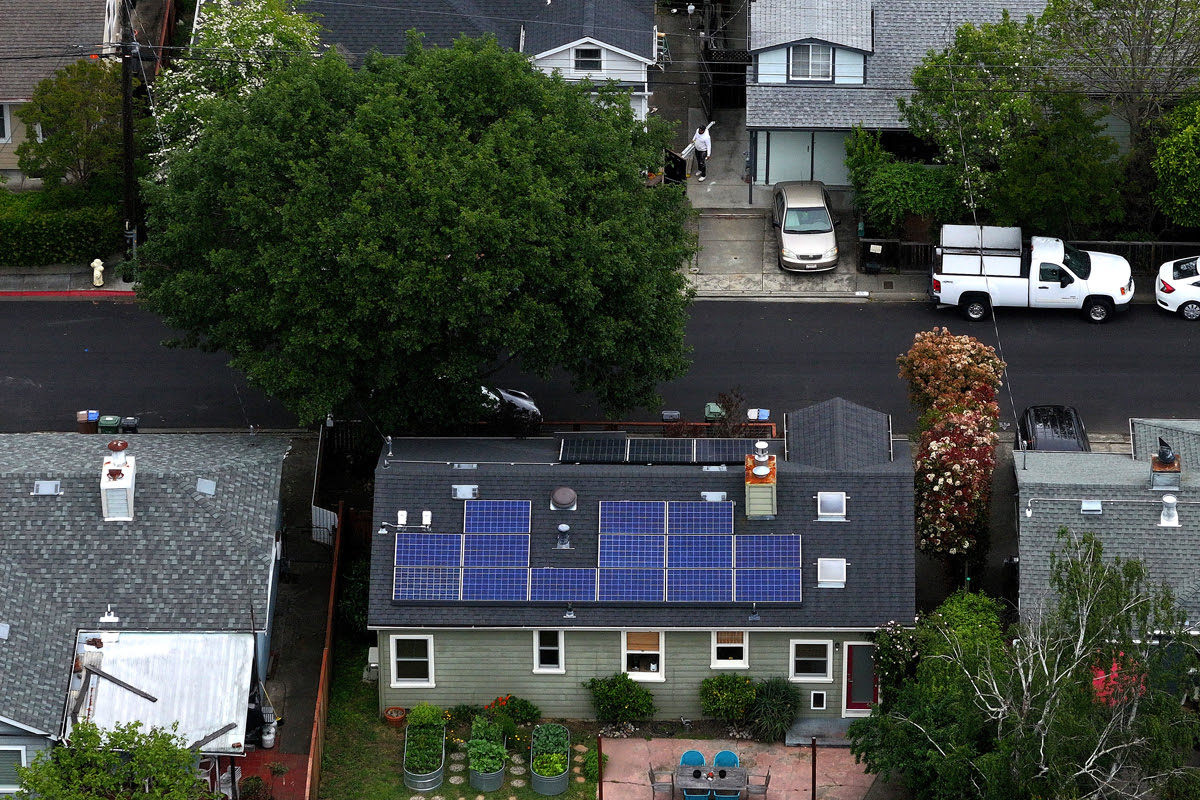|
“It’s undeniable that residential [solar] prices in most of the other markets are way below the U.S., and that has to do with soft costs,” Barbose said.
By “soft costs,” he means the expenses that aren’t for hard goods like solar panels and inverters. This includes labor, financing and permits, among others, and it’s included in calculations of the cost per watt.
Driving down soft costs is complicated and difficult, and it’s sometimes in conflict with the idea that solar industry jobs should have high pay and good benefits.
The report helps me to appreciate the challenge of driving down costs because of the way it shows the range of prices. Nationally, the middle 60 percent of projects—from the 20th percentile to the 80 percentile—have prices that range from $3.20 to $5.50 per watt, which is a lot of variation.
Prices vary significantly by state. California, the country’s leader, has a median price that’s the same as the national median, $4.20, while Nevada is on the low end with $3.40, and Utah is on the high end with $5.20.
There are many possible explanations for the differences by state, including the competitive balance of companies doing the installs, the typical sizes of projects being done and local regulations that affect costs. |




